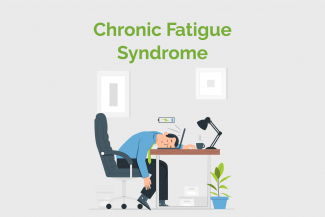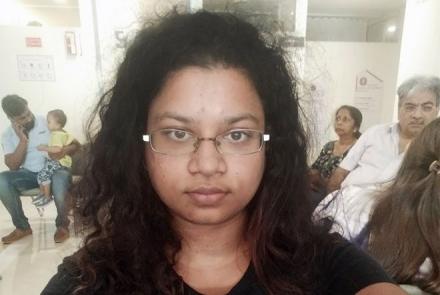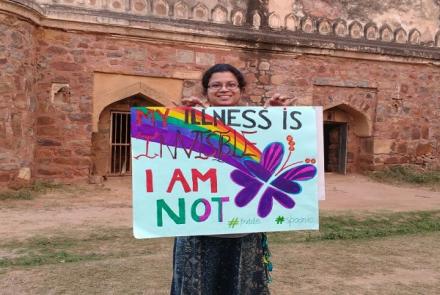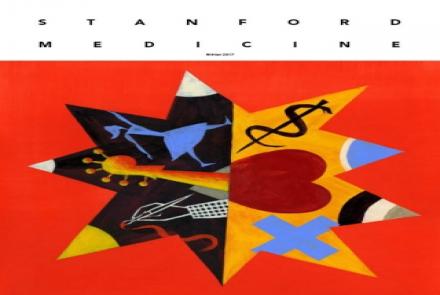Crushing tiredness that doesn’t diminish with rest, CFS can wreck lives. It’s also hard to diagnose, so patients may be seen as hypochondriacs. CFS affects more women than men and is seen mostly between the ages of 30 and 50. The true incidence of CFS is hard to gauge as it often goes undiagnosed due to its varying symptoms.

Treatment for chronic fatigue syndrome focuses on symptom relief.
1. Medication choices may include:
- Pain relievers and anti-inflammatory drugs such as acetaminophen, ibuprofen and naproxen, which aim to relieve joint/ muscle pain, headaches and fevers.
- Anti-convulsants, also called anti-seizure medicines such as gabapentin and pregabalin are used for pain and sleep problems.
- Narcotics such as tramadol, codeine or morphine, is sometimes prescribed for severe pain not relieved by over-the-counter drugs.
- Corticosteroids (such as hydrocortisone and fludrocortisone) are not very effective and have serious side effects. Studies are underway to weigh the long-term benefits of corticosteroid therapy.
2. Rest and Relaxation: Listen to your body. Do not over exert. Only do as much as you can and let your body rest and recover. Gentle exercises like Yoga, Qigong, Taichi are helpful.
For latest research on this see https://www.patientsengage.com/news-and-views/when-more-exercise-not-answer
Changed
16/Jan/2018
Condition














